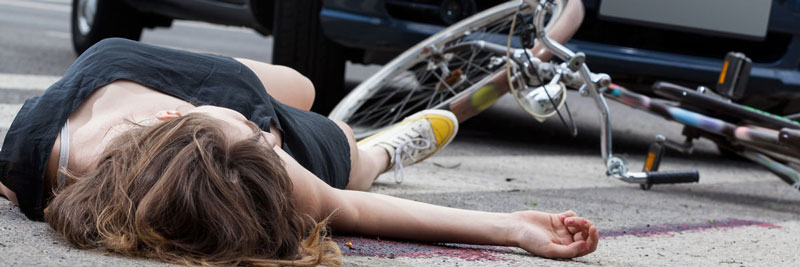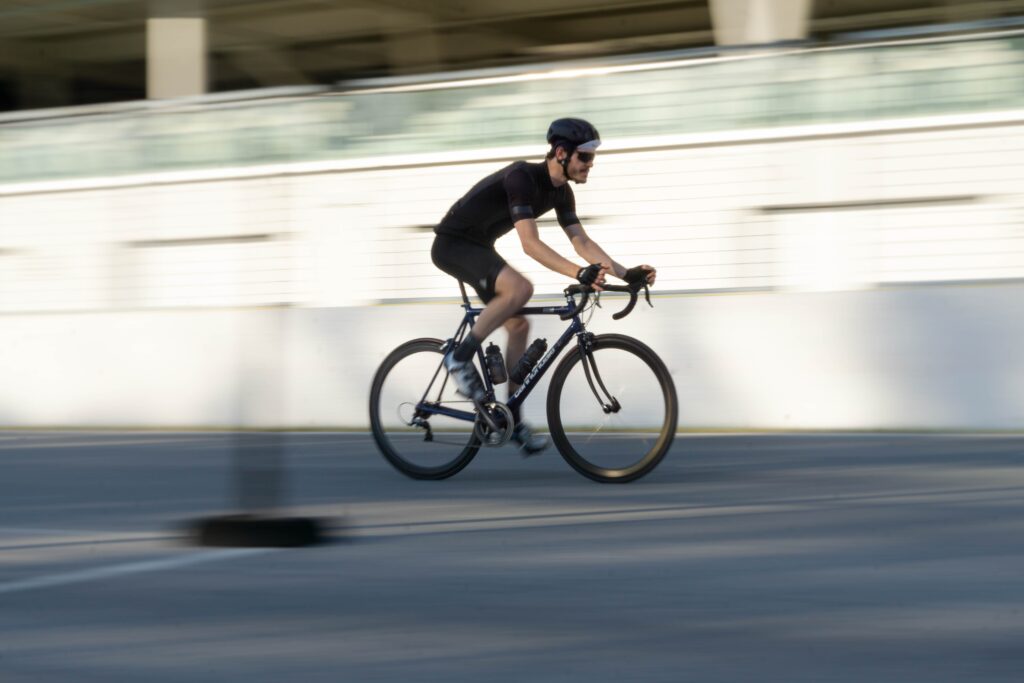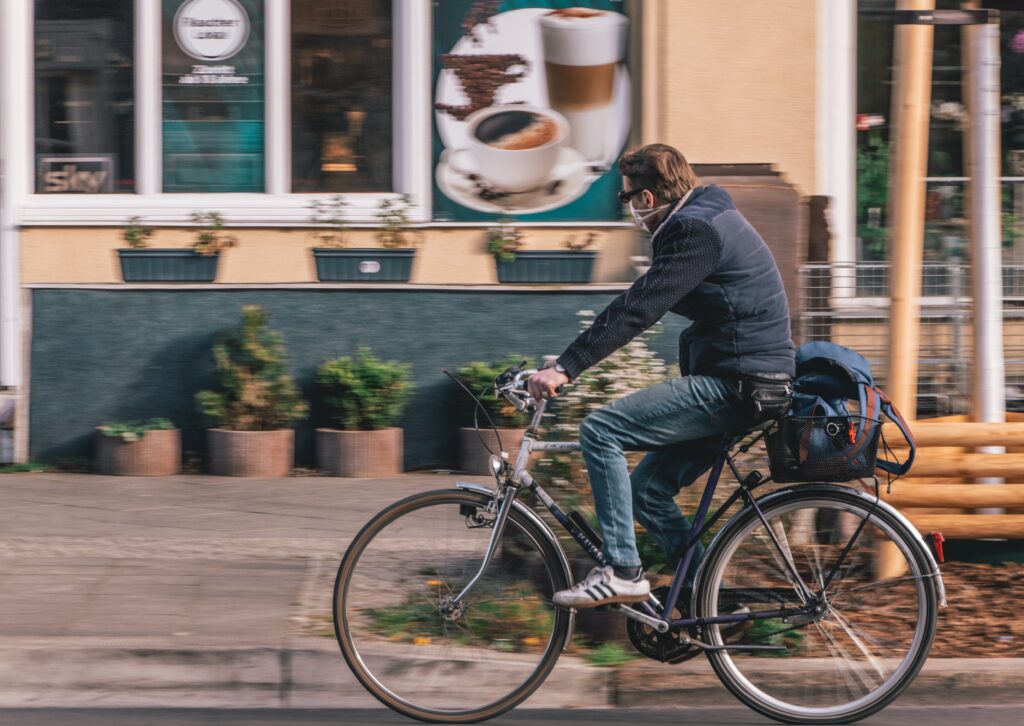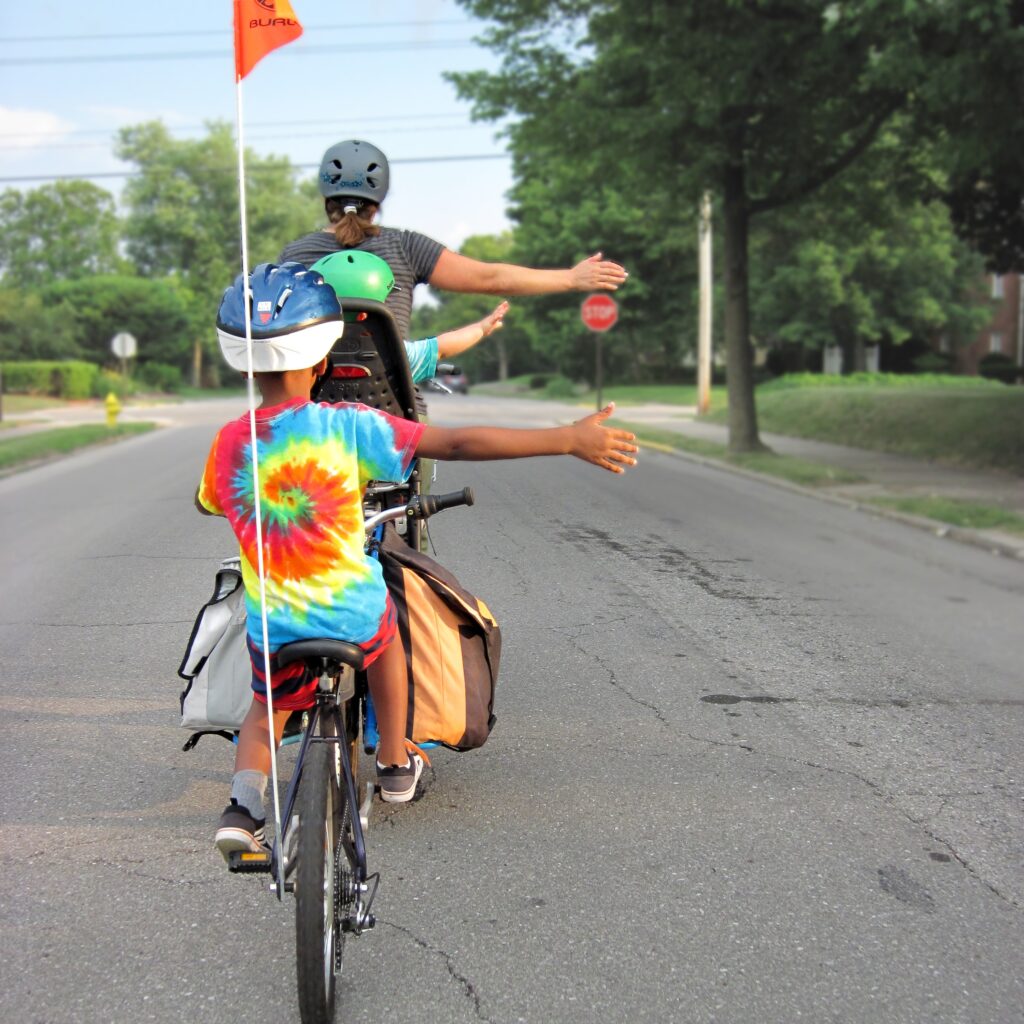
Bicycle accidents happen frequently, and they’re scary.
Bikes are a popular way of getting around in LA County, even more so in areas like Santa Monica and Venice. When we inject some logical probability into this equation, with an increase in cyclists comes a correlative increase in bicycle accidents.
In fact, more than 18,000 cyclist-involved accidents were recorded in 2016 in the US. In 2017, there were upwards of 11,000 bicycle accidents in California alone and an additional 145 of those accidents proved fatal.
When we’re discussing accidents involving an automobile and a bike, usually only one of the machine operators is at fault. We’ll do a deep dive into that question, and tell you what you might want to consider doing next based on your specific situation.
Common Automobile vs Bicycle Accidents
There are a number of common bicycle accidents that involve an automobile and a bike including:
- A biker who collides with the opening door of a parked car
- Being brushed by a close-passing car or truck
- Being struck by a right-turning automobile
To understand who is at fault in these circumstances, we have to first establish the rules of the road for cyclists. These weigh quite heavily when it comes to determining who will assume blame for bicycle accidents.

Bicycles and Automobiles Have the Same Rights to the Road
In the state of California, bicycles have the same rights to the asphalt as an 18-wheeler. With that said, cyclists are expected to adhere to the same traffic laws as every motorist that decides to slide behind the wheel on any given day, unless there’s an exception. That means, signaling to cars which way you’re planning to turn, riding in the direction of traffic, only turning when it is safe to do so, night bike rides should be accompanied by functioning lights and reflectors, stopping at crosswalks or wherever pedestrians cross the road. Whether you’re on a bike or in a car, pedestrians always have the right-of-way. Additionally, cyclists must wear a helmet if they’re under 18, and they cannot wear headphones that cover both ears.

Exception #1: Bike Lanes and ‘Side of Road’ Laws
Our first exception to this rule are bike lanes and ‘Side of Road’ laws. Because bike operators are typically much slower than a majority of street traffic, special lanes are cordoned off to them on certain roads. Cyclists are required by law to use a bike lane if there is one provided. If a road does not have a bike lane, cyclists must stay to the right side of the road to allow for faster-moving passing traffic. Some municipalities allow bicyclists to use the sidewalks because the streets may be too dangerous but only if they are used in a safe manner but many cities prohibit sidewalk use by bicyclists so be sure to check with your local bike club or bike enthusiasts’ websites that should be well versed on the local laws.
There are instances that a cyclist may leave the right side of the road or bike lane, however. These instances include:
- If the cyclist can keep up with moving traffic
- If the lane is too narrow to share with passing cars
- To make a left turn
- To avoid debris or other road hazards
When passing cars come too close to a cyclist, this can cause them to get brushed or clipped. Typically, if a motorist provides three feet of passing space, this should be adequate to avoid any bicycle accidents. Any closer than this is exponentially more dangerous.
If you’re involved in an accident like this and happen to be the cyclist, ensure that you measure the lane and bike lane in which the accident occurred. The handlebars of the bike should also be measured to recreate the scene and give yourself ample concrete evidence that the accident could have been avoided if the motorist had made more room to pass. If the road was too narrow for the motorist to pass the cyclist safely, this information will favor the cyclist.
Exception #2: Cyclists Must Ride Close Behind Parked Cars
Typically, cars should be much more spaced out from each other than a cyclist is expected to be. This rule actually works in the cyclist’s favor. If the driver of a parked car opens the door when it is unsafe to do so, it would make them at fault if a cyclist collides with their door. However, on the off chance that there was no traffic, and the cyclist could have easily chosen to ride in the road center and avoid being hindered by the open door, there is room for the driver to argue that partial fault lies on the cyclist.
Record the traffic situation at the time of the accident and share the intel with your attorney during your first consultation.

Exception #3: Right Turn Right-of-Way
This is one of the most frequently occurring kinds of bicycle accidents. Typically, the accident occurs when a driver turns right without checking the road or bike lane for cyclists, resulting in the car either hitting the cyclist dead on or the car cutting into the bike lane, causing the cyclist to have no other way to avoid being hit.
Both of these types of bicycle accidents lean heavily in the favor of the cyclist, making the motorist liable. The main rule of the road is that no one is permitted to turn in any direction unless it is safe to do so.

So, What Do I Do if I Get into a Bicycle Accident?
Apart from taking notes, measuring the bike lane, never negotiating with the motorist or cyclist at the scene, calling the authorities, securing witnesses if possible, and exchanging insurance information, you might also consider seeking legal assistance. Santa Monica Injury Attorney Arthur Liberty will be there for you every step of the way. We are bicycle accident attorneys who will fight to secure the compensation you’re owed and the peace of mind you rightfully deserve.
Give us a call about your claim today at (424) 272-6530.